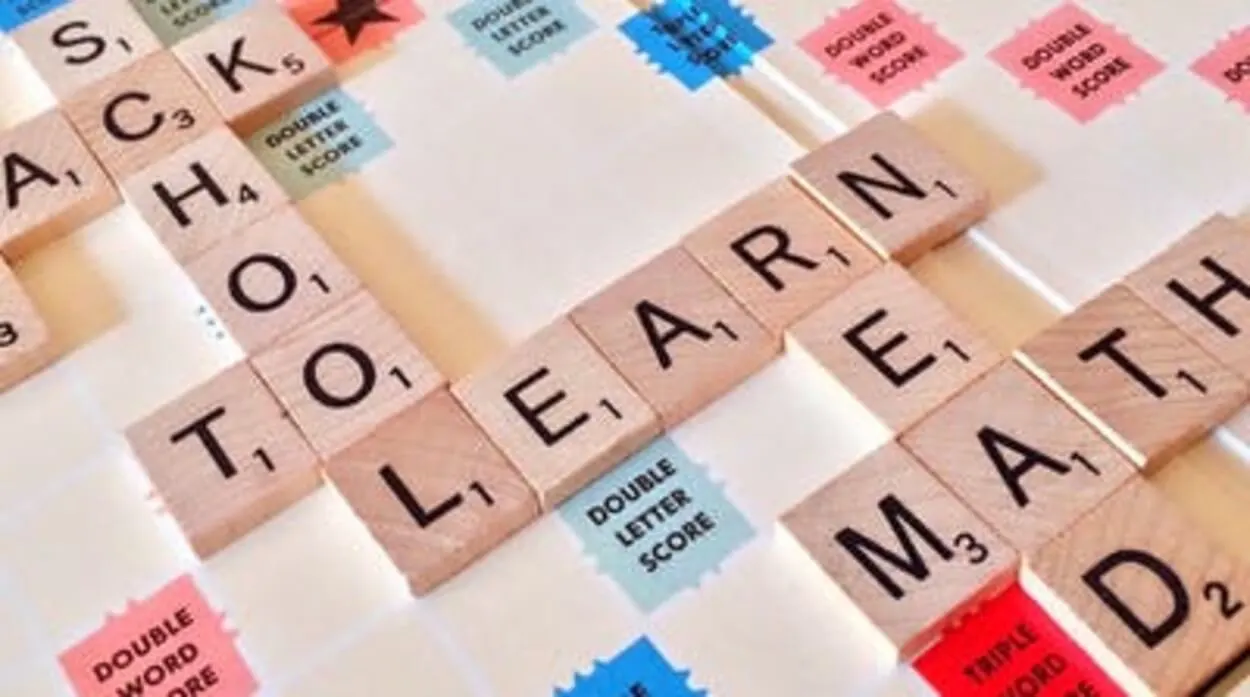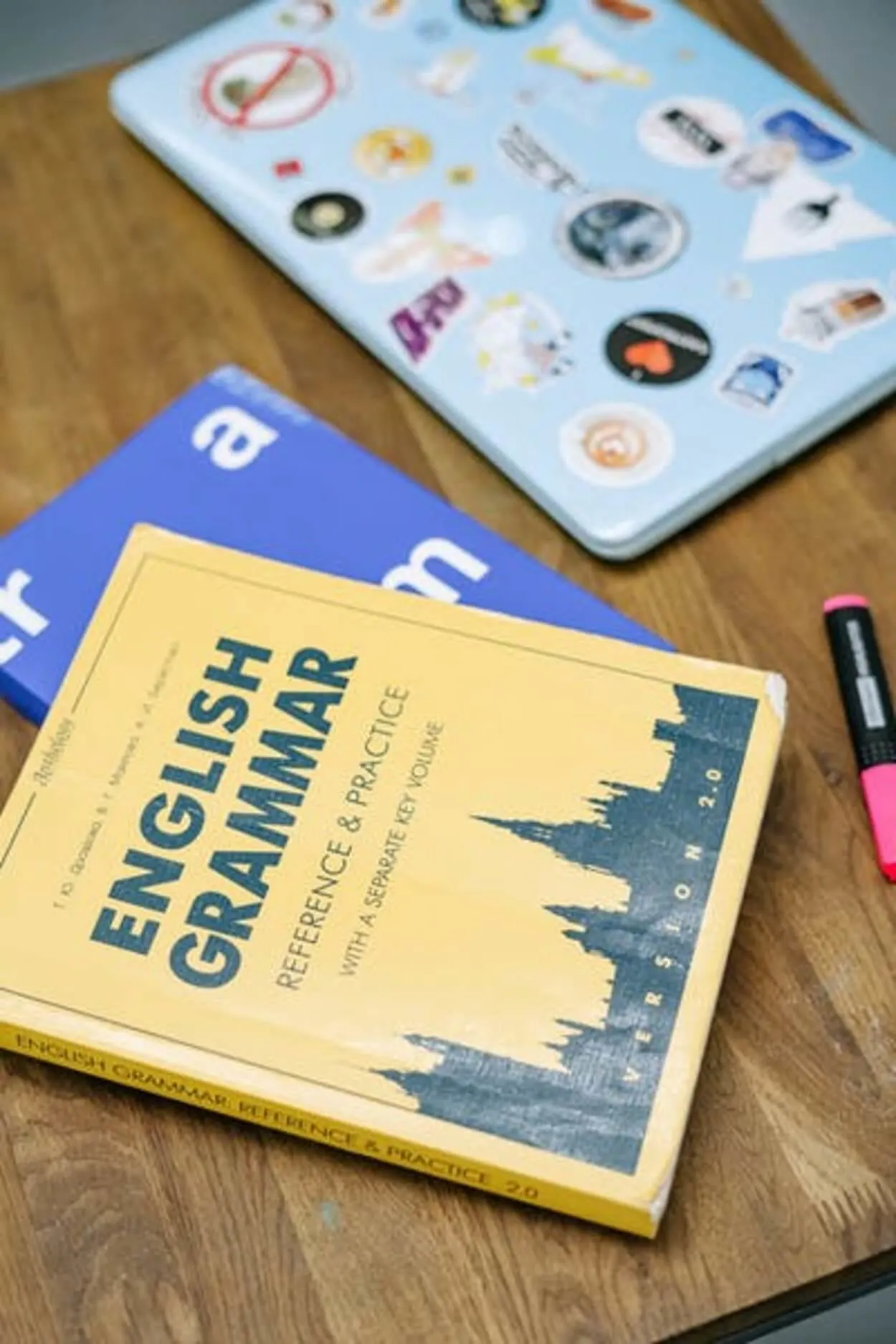The two words for today are two tenses of the same verb that deal with the sight of the visual kind. Don’t feel terrible if you need a review; verb endings and verb tenses are two of the most difficult concepts for English speakers.
The use of the terms “saw” and “seen” is sometimes rather instinctive. However, complicated sentence structures can occur on occasion.
From this article, you’ll learn what is the difference between “I have saw” and “I have seen”m.
“Saw” in Simple Past Tense
The past tense of the verb see is “saw.” It takes the form of the simple past, which is used to describe an activity that began and ended at a particular point in the past.
- I saw a movie yesterday.
- We saw the parade last week.
- He saw him running this morning.
As you can see from all of these cases, the actual activity has concluded. Yesterday, I watched Titanic. That event has ended and is no longer happening.
The speaker usually has a time in mind while using the simple past, but it isn’t always necessary.
- The security camera saw the burglars.
- Steven saw the accident take place.
It’s important to remember that the verb saw can be used alone; it doesn’t require another verb to complete the sentence.
- I saw him.
- They saw her.
When comparing saw with seen, there is no requirement for an assisting word, which is important to remember.
What is a Simple Past Tense?
Verbs in the simple past tense, also known as past simple or preterite, depict an activity that took place and was finished at a certain point in the past.
Regular verbs with the -d or -ed ending are in the simple past tense. There are numerous endings for irregular verbs. Helping verbs are not used with the simple past.
According to Complete English Grammar Rules, “the simple past tense is frequently employed with an adverbial phrase that identifies a time in the past, such as yesterday, last year, (or) an hour ago.”
“I went to the park” is an illustration of a phrase using a simple past tense verb. The word “go” is used in the simple past tense because the speaker finished their action of going to the park.
If you don’t know the rules for utilizing these verbs, it can be a little tricky to see how this example uses an irregular verb in the past simple.

When to Use “Seen”?
The perfect tenses—present perfect, past perfect, etc.—are formed using the word “seen”, which is the past participle of the verb see. Don’t worry if something seems unclear. Below, I’ll go over everything.
The easiest technique to distinguish between a correct and erroneous word is to look for a helpful verb next to the faulty word. Past participles can never appear in a sentence by themselves.
- I saw the show. (correct)
- I seen the show. (wrong)
Instead, in order to create the perfect tenses, past participles require what are known as assisting verbs.
- I seen the show. (wrong)
- I have seen the show. (correct)
If you see the word “seen” all by itself, you know a mistake has been made.
“Seen” with the Present Perfect Tense
The words has/have and the past participle combines to generate the present perfect tense.
- I have seen her around here before.
- You have seen everything that you need to see.
It’s crucial to remember that certain time expressions cannot be used with the present perfect tense.
It’s instead used to represent an action that has already occurred at an undetermined point in the past or one that continues into the present.
- I have never seen this happen before.
In this illustration, I’m discussing an earlier (and still-current) occurrence that led to the present. The participle verb (seen) serves as a link between the past and the present in these instances.
Here’s one more example:
- I have seen this movie last year.
The present perfect tense is misused in this case. The verb construction itself is OK (have seen), but last year alludes to a particular historical event, which the present perfect tense cannot capture because the past and present are not connected.
It deals with an event that has already happened, is over, finished, and is unavoidable, acting as the simple past should.
Instead, you can use this sentence:
- I have seen this movie before.
This statement is accurate. The phrase “before” denotes an ambiguous period of time and simply indicates that you have seen the film at some point between the past and the present. It was something you could have seen last week or a year ago.
The fact that it is general and spans the current and the past, however, is the main point. You witnessed the play at some point between everything that has come before and the present.

What is Present Perfect Tense?
When a previous occurrence has present repercussions, the present perfect is a grammatical construction that combines the present tense and perfect aspect.
Particularly in the context of English grammar, the phrase is used to describe forms like “I have finished.” The forms are perfect because they combine the auxiliary verb “have” with the past participle, and they’re present because they engage the present tense of the auxiliary verb “have“.
When referring to finished actions in English, the simple past verb form is frequently used rather than the present perfect.
English also has a variation of the present tense known as the present perfect continuous (or present perfect progressive), which combines the present tense’s perfect aspect with the continuous (progressive) aspect: I had some food.
When the verb denotes a condition or a regular action, as in the sentence “I have lived here for five years,” the action is not always complete. This is also true in some cases of the basic present perfect.
“Seen” in the Past Perfect Tense
Had plus the past participle creates the past perfect tense. The idea that one event took place before another in the past is expressed using the past perfect tense.
- Prior to seeing it tonight, I had previously seen the film twice.
- Before I got to Hawaii, I had never seen scenery so breathtaking.
In other words, the past perfect tense is employed when discussing a past occurrence and needing to move further back in time to discuss something else.
Difference Between “I Have Saw” and “I Have Seen”?
Simple Past tense is used in the first one. It’s typically used to refer to an event that took place at a particular time in the past. This line is typically used in the same context to describe the incident’s time period (or other specifics related to it).
The second is in the present perfect tense. It’s typically employed when the emphasis is placed on the fact that something happened rather than the exact moment it occurred. When utilizing this form, it is typically not expected that the time reference when it occurred.
The verb “saw” has a past tense of “see,” and a past participle of “seen.” Usually, the word “saw” occurs right after the noun or pronoun.
Say, “Steve saw the movie.” The verb “seen” is seldom used alone; instead, it is frequently used in conjunction with other verbs like “have,” “had,” and “was.”
Use the word “saw” whenever anything that happened in the past has occurred. “Steve has seen the race yesterday,” you cannot say.
Despite having the right verb tense, the statement is incorrect since it refers to the past. When using these sentences, you must be cautious.
If you must use the word “seen,” replace it with a word from the previous list. The phrase “Steve has seen the race before” is appropriate because before can refer to any time in the past or present.
However, the word “seen” may be used in a question along with the noun. “Has Steve watched the movie, for instance?” It’s okay to use the word “seen” in this context.
| Saw | Seen |
| I saw her | I have seen her |
| I saw someone entering the room | They were seen leaving for the party |
| I saw him with his friend in the park | Have you seen that movie? |
Watch This Video to Find The Comparison Between Seen and Saw
Conclusion
- The past tense is used to indicate that an action has been finished and is over as “I saw.”
- Since “I have seen” is in the present tense, there are at least two simultaneous acts and two time periods mentioned in the statement, one of which occurred in the past but still has an impact on the present.
- In reality, the same event might be discussed in both tenses. But one takes place in the context of my entire existence, whilst the other takes place in the context of a past time period.
- When you are considering a period of time that includes the present, you say: “I have seen”.

